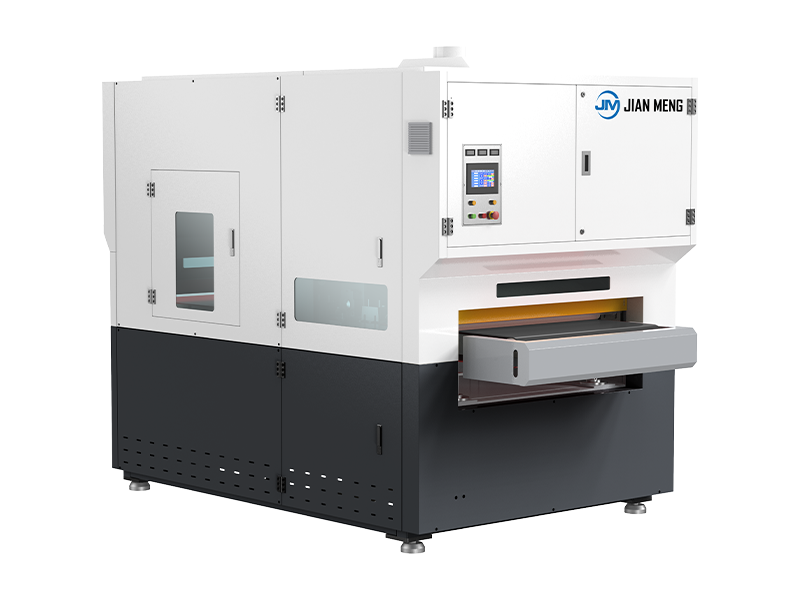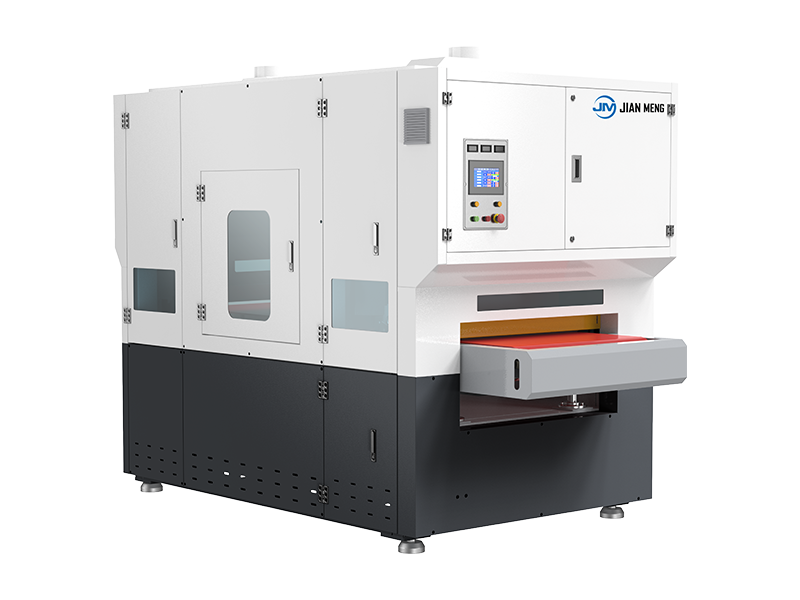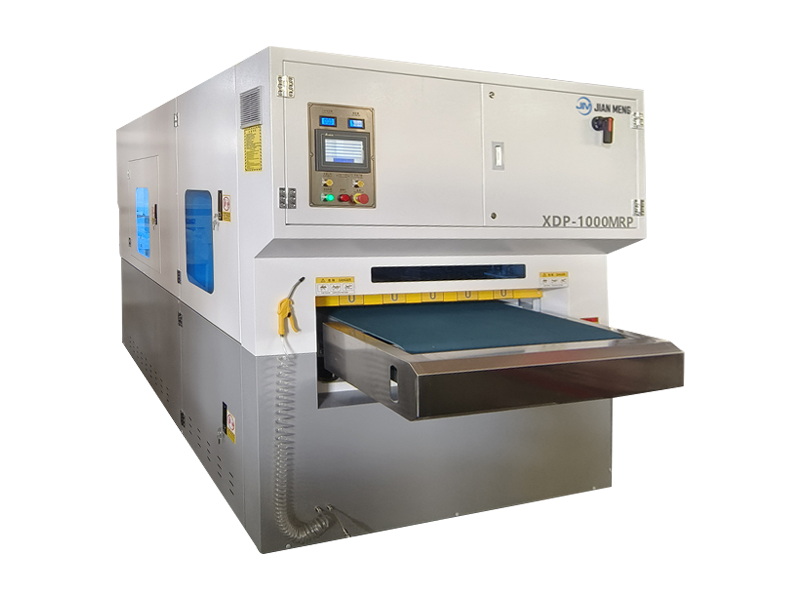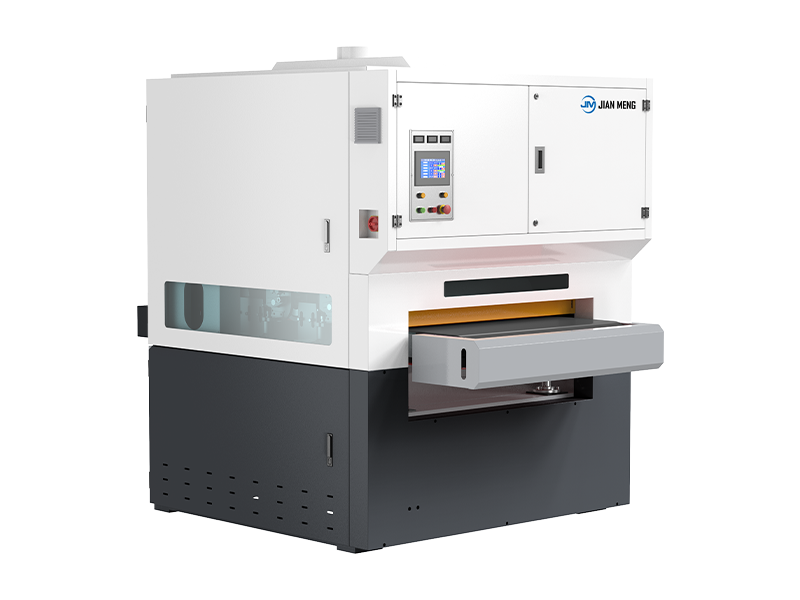Selecting optimal sheet metal forming tools is a critical determinant of success in metalworking projects, directly impacting precision, operational efficiency, and final product quality. This decision holds significance for both industrial manufacturers and precision-focused hobbyists, as the right tools bridge the gap between design specifications and tangible outcomes.
This guide systematically breaks down the classification, functional characteristics, and selection criteria of sheet metal tools. It aims to equip practitioners with the technical insights needed to align equipment choices with project requirements—whether for small-batch custom fabrication or large-scale industrial production.
Sheet metal forming tools encompass a diverse range of equipment engineered to manipulate flat metal sheets into three-dimensional shapes through processes like bending, cutting, shaping, and joining. Their core function is to transform raw sheet stock (typically aluminum, steel, copper, or alloys) into functional components while maintaining material integrity and dimensional accuracy.
These tools are broadly categorized by two key attributes:
- Operation Mode: Manual (human-powered) or powered (electric, hydraulic, or pneumatic).
- Primary Function: Specialized for bending, cutting, shaping, or a combination of processes.
A clear understanding of this classification ensures that tools are selected for their intended purpose, avoiding inefficiencies or material waste caused by mismatched equipment.
Classification of Sheet Metal Forming Tools
Sheet metal tools are delineated by their core forming processes. Each category is designed to address specific technical challenges, from creating precise angles to shaping complex curved surfaces.
1. Bending Tools
Bending tools are engineered to create controlled angular or curved deformations in sheet metal, adhering to strict tolerance requirements (often ±0.5° for industrial applications).
- Sheet Metal Brakes: Include box-and-pan brakes (for forming boxes and pans) and press brakes (hydraulic/pneumatic for high-volume, precise bends). Ideal for creating consistent flanges, hems, and channels.
- Rollers: Divided into slip rollers (for cylindrical or conical shapes) and pyramid rollers (for compound curves). Used in aerospace and automotive industries for forming body panels or ductwork.
2. Cutting Tools
Cutting tools focus on separating sheet metal into predefined shapes with minimal material loss and clean edges.
- Shears: Hydraulic guillotine shears (for high-volume straight cuts) and throatless shears (for intricate curved cuts). Capable of handling thicknesses from 0.5mm to 25mm, depending on power rating.
- Nibblers & Shear Cutters: Handheld or machine-mounted nibblers for cutting irregular shapes without distorting thin sheets. Shear cutters excel at clean, burr-free cuts in soft metals like aluminum.
3. Shaping Tools
Shaping tools are specialized for transforming flat sheets into complex, non-linear forms, often requiring finesse and precision.
- English Wheels: Consist of a rotating upper wheel and fixed lower anvil, used to stretch and shape metal into smooth curves (e.g., automotive fenders or aircraft components).
- Planishing Hammers: Reduce surface imperfections and shape metal through controlled impact. Available in manual (for small parts) or powered (for industrial use) variants.
- Bead Rollers: Create reinforcing beads, ribs, or decorative edges in sheets to enhance structural stiffness. Commonly used in automotive restoration and HVAC duct fabrication.
Key Technical Factors for Tool Selection
The selection of sheet metal tools must be guided by quantifiable project parameters to ensure optimal performance. Below are the critical technical considerations:
1. Material Properties
- Type & Hardness: Soft metals (aluminum, copper) can be processed with manual tools or low-powered equipment, while high-strength steels (e.g., 4130 chromoly) require hydraulic/pneumatic tools with higher force ratings.
- Thickness: Tools are rated for maximum material thickness—e.g., manual shears typically handle up to 1.2mm steel, while hydraulic press brakes can process 20mm+ thick plates.
2. Design Complexity & Tolerances
- Simple Geometries: Straight cuts or 90° bends can be achieved with basic tools (e.g., hand shears, box brakes).
- Complex Shapes: Curved surfaces, compound bends, or tight tolerances (±0.1mm) demand specialized equipment like CNC press brakes or English wheels.
3. Production Scale
- Small-Batch/Custom Work: Manual tools offer flexibility and lower upfront costs, making them suitable for prototypes or one-off projects.
- High-Volume Production: Powered tools (e.g., automated shears, robotic press brakes) deliver consistent speed and repeatability, reducing cycle times and labor costs.
Manual vs. Powered Sheet Metal Equipment
The choice between manual and powered tools hinges on production demands, precision requirements, and operational efficiency. The table below contrasts their core attributes:
| Attribute | Manual Tools | Powered Tools | Hybrid Solutions (e.g., Pneumatic-Assisted) |
|------------------------|---------------------------------------------------|--------------------------------------------------|------------------------------------------------|
| Power Source | Human effort | Electric, hydraulic, or pneumatic | Combination of human control + power assistance|
| Precision | Dependent on operator skill (±1–2mm tolerance) | Consistent (±0.1–0.5mm tolerance) | Balanced (±0.5–1mm tolerance) |
| Speed/Capacity | Low (suited for small parts) | High (suited for high-volume production) | Medium (suited for medium-batch work) |
| Ideal Application | Prototyping, custom fabrication, hobby projects | Industrial mass production, repetitive tasks | Small-to-medium production, precision-focused |
Safety & Maintenance Best Practices
Adherence to safety protocols and proactive maintenance is critical to prolong tool lifespan and ensure operator well-being—especially for powered equipment with high mechanical forces.
Safety Guidelines
- Personal Protective Equipment (PPE): Mandatory use of safety glasses (for debris protection), cut-resistant gloves (for handling sharp edges), and steel-toe boots (for heavy tool stability).
- Machine Lockout/Tagout (LOTO): For powered tools, implement LOTO procedures during maintenance to prevent accidental activation.
- Operator Training: Ensure proficiency in tool operation, including emergency stop functions and load capacity limits.
Maintenance Protocols
- Routine Inspection: Check for wear on cutting edges (e.g., shear blades), hydraulic leaks (in press brakes), and loose fasteners (in rollers) before each use.
- Lubrication: Apply manufacturer-recommended lubricants to moving parts (e.g., brake hinges, roller bearings) to reduce friction and prevent rust.
- Calibration: For precision tools (e.g., CNC press brakes), calibrate alignment and force settings quarterly to maintain tolerance compliance.
Purchasing Recommendations & Evaluation Criteria
Investing in sheet metal tools requires a balance of upfront cost, long-term durability, and functional alignment with project needs. Consider the following criteria:
1. Technical Specification Match: Verify that the tool’s rated capacity (material thickness, force, or speed) meets or exceeds your project’s maximum requirements.
2. Quality & Durability: Prioritize tools constructed with high-grade materials (e.g., hardened steel blades, cast iron frames) to withstand repeated use.
3. Total Cost of Ownership (TCO): Evaluate beyond upfront costs—include maintenance expenses, replacement parts availability, and energy consumption (for powered tools).
4. Certifications & Compliance: Choose tools that meet industry standards (e.g., ISO 9001 for manufacturing quality, OSHA compliance for safety features).
5. After-Sales Support: Opt for suppliers offering technical support, spare parts, and training to minimize downtime.


 English
English  中文
中文  Arabic
Arabic  Russian
Russian  Spanish
Spanish  Portuguese
Portuguese  French
French  German
German  Hindi
Hindi  Thai
Thai  Vietnamese
Vietnamese  Khmer
Khmer  Italian
Italian  Turkish
Turkish  Korean
Korean  Belarusian
Belarusian 




